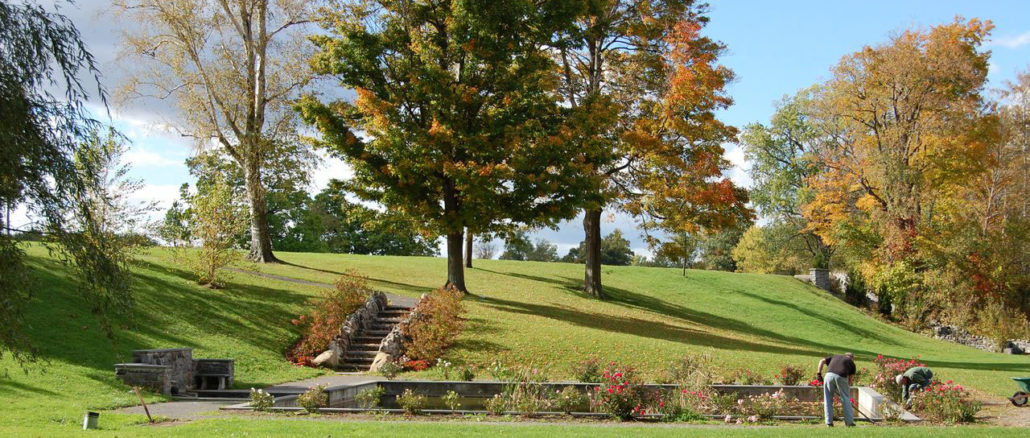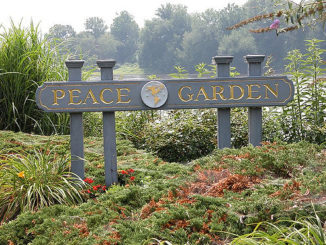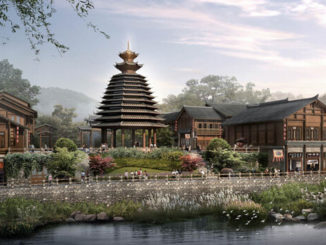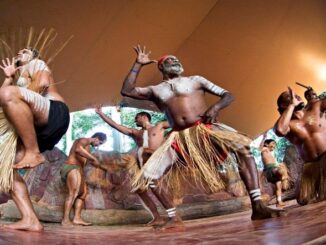
Like other early northeastern manufacturing cities, Utica underwent an economic downturn in the mid-20th century, and its population steadily declined from 101,000 in 1960 to 60,000 in 2000, where it has stabilized due to the influx of immigrants from 30 nations, many of whom (notably, the Bosnians, Karens, Vietnamese, and Somalis) are refugees from wars, genocide and other political violence. Some 42 languages are now spoken in Utica, and immigrants currently account for 20% of the population. Utica has been recognized as “The Town that Loves Refugees” by the UNHRC’s “Refugees” magazine, and the role refugees have played in helping to revitalize Utica has been featured in such news sources as the New York Times, PBS News Hour, CNBC, Bloomberg, and “State of the Union,” hosted by Al Letson on PRX. Immigrants have given Utica new life and meaning, as they have renovated hundreds of neglected structures, reinvigorated declining neighborhoods, and infused the town with a cultural vitality reminiscent of its rich but long-past western and southern European immigrant past. See How refugee resettlement became a revival strategy for this struggling town | PBS NewsHour
The International Institute for Peace Through Tourism (IIPT) proposes to name Frederick T. Proctor Park as one of its “Peace Parks.” F. T. Proctor Park is listed on the National Register of Historic Places and was designed by Frederick Law Olmsted, Jr., the preeminent American landscape architect of the first half of the twentieth century (his father designed New York’s Central Park). The designation of F.T. Proctor Park as an IIPT Peace Park will celebrate Utica’s rich cultural diversity and renewal as a thriving city in Central New York.
In conjunction with the designation of F.T. Proctor as a Peace Park, several local organizations—Indivisible Mohawk Valley, the Interfaith Coalition of the Mohawk Valley, and the Unitarian Universalist Church of Utica, in collaboration with the Central New York Conservancy—are planning to create a “Peace Garden” in the park’s lower level. This garden will be dedicated to the victims of genocide and other political violence—fittingly, as so many recent immigrants found in Utica a place of peace after suffering such violence. The Garden will be a place where visitors can remember and reflect on their own experiences with the absence of peace—and fill the space with their own restorative meaning. The garden will be built in stages in 2021 and 2022.
These initiatives are part of a broader program of renewal that the Central New York Conservancy launched at F.T. Proctor Park in 2020, which will continue for at least the next three years, with the 2023 centennial of its donation to the people of Utica in view. Last year, the Conservancy launched a program of regrooming the park and creating a new volunteer corps to ensure that its work will be maintained over time. In 2020, the City of Utica and the Conservancy began efforts to restore the long abandoned but once-beautiful part of the park located on the north side of the Starch Factory Creek. Thanks to generous sponsors, the Conservancy will also recreate the array of flowering shrubs that Olmsted designed in 1914 as a backdrop to the park’s iconic Lily Pond. All of this and other yet-to-be-launched restoration and maintenance work will require still more resources that are yet to be raised.
The International Institute for Peace through Tourism (IIPT) was founded in 1986 by Lou D’Amore, Proctor ’54 with a vision of travel and tourism becoming the world’s first global peace industry and the belief that every traveler is potentially an ‘Ambassador for Peace.’ In addition to promoting peace parks, IIPT has also organized some 20 international conferences and global summits on Peace through Tourism.
The IIPT Peace Park at F.T. Proctor Park will join a network of some 450 IIPT Peace Parks located in countries throughout the world and on every continent except Antarctica. Some notable IIPT Peace Park locations include: Bethany Beyond the Jordan – baptismal site of Christ; Victoria Falls, one of the seven natural wonders of the world; Dag Hammarskjold Memorial site, Ndola, Zambia; Uganda Martyr’s shrine, Namungongo, Uganda; Medellin, Colombia; and a two mile ‘IIPT Peace Promenade’ adjacent to the Susquehanna River in Harrisburg, PA. Notable ‘IIPT Peace Towns’ include Pietermaritzburg, South Africa, birthplace of Gandhi’s Non-Violent Movement in 1893; and Danzhai Wanda Village, China, a new town in one of the poorest Provinces of China, specifically designed as a tourism town with the aim of reducing poverty – in three years attracting more than 20 million visitors and lifting the County out of poverty.
As part of IIPT’s Peace Park across Canada Project commemorating Canada’s 125th birthday as a nation in 1992, a Peace Tree was planted at the New York State Fair with then Governor Mario Cuomo and IIPT Founder and President, Lou D’Amore.
If you are interested in supporting efforts to restore and maintain F.T. Proctor Park, please consider making a tax-deductible gift by sending a check—writing the notation “For F.T. Proctor Park” on the check’s memo line—made out to the Central New York Conservancy, 1641 Genesee Street, Utica, NY 13501.
All donors will be given recognition in the Spring edition of the Central New York Conservancy
Newsletter.
The Central New York Conservancy was founded in 2002 as a 501(c)3 nonprofit to restore, maintain, and promote Utica’s Olmsted-designed parks and parkway system (Conkling Park, the two Proctor parks, and the 3-mile scenic parkway that was designed by Olmsted to link these parks). Since then, it has planted hundreds of trees to renew the system’s beautiful tree canopy, planted thousands of flowers twice annually on Utica’s parkway, restored several monuments and original stonework (walls, stairways, and bridges) in the system, and raised public awareness of the value of this, the largest single quality-of-life amenity in this region. It also drafted successful applications in 2008 for the system to be added on the state and national registers of historic places.
Testimony from Bob Chancia:
I moved back to Detroit last July for summers only. I was amazed at the city park renovations there. They were so refurbished, beautiful & inviting, I met 30 new friends the first week in the park near me! They are gathering places that encourage community & social events! Thanks to Capitol Park, I never felt alone in Detroit!



